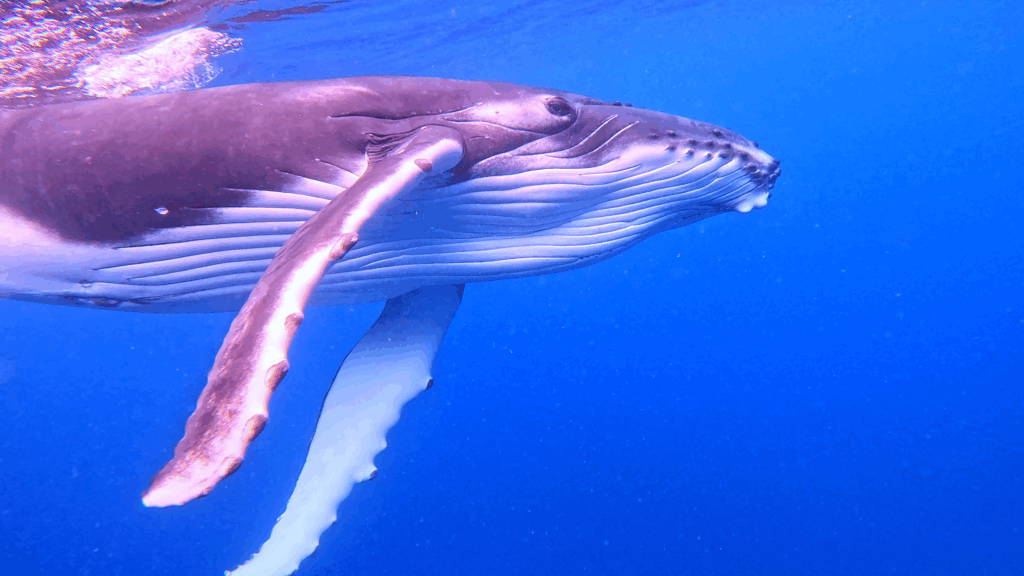Rarotonga, the vibrant heart of the Cook Islands, is a tropical paradise with stunning beaches and lush rainforests. However, like many tropical destinations, it is home to various pests that can pose challenges for visitors and residents alike. This article outlines the common pests found in Rarotonga and provides practical tips to avoid or manage them effectively.
Mosquitoes
Mosquitoes are prevalent in Rarotonga, particularly during the warmer, wetter months from November to April. Their bites can cause discomfort and, in some cases, transmit diseases.
Tips to Avoid Mosquitoes:
- Use Insect Repellent: Apply a DEET-based or natural repellent to exposed skin, especially during dawn and dusk when mosquitoes are most active.
- Burn Mosquito Coils: Place mosquito coils in outdoor areas or near open windows to deter mosquitoes.
- Wear Protective Clothing: Opt for long-sleeved shirts and pants during early morning or evening hours.
- Use Mosquito Nets: Sleep under a mosquito net, particularly in accommodations without screened windows.
Centipedes
Centipedes in Rarotonga can be large, fast, and deliver a painful bite. They often hide in dark, damp places like under rocks, in gardens, or inside homes.
Tips to Avoid Centipedes:
- Check Shoes and Bedding: Always shake out shoes, clothing, and bedding before use, as centipedes may hide in them.
- Seal Entry Points: Ensure gaps in doors, windows, and walls are sealed to prevent centipedes from entering.
- Kill Safely: If you encounter a centipede, the most effective way to get something to pin the back of the neck and kill it is to sever its head with a knife, as they are resilient to other methods. Exercise caution and avoid direct contact.
- Keep Your Space Tidy: Reduce clutter and maintain a clean environment to minimize hiding spots.
Stonefish
Stonefish are highly venomous marine creatures found in Rarotonga’s coastal waters, particularly around rocky or coral areas. Their camouflaged appearance makes them hard to spot, and their sting can cause severe pain or even be life-threatening.
Tips to Avoid Stonefish:
- Wear Reef Shoes: Always wear protective footwear when walking in shallow waters or on rocky shores.
- Avoid Touching Unknown Objects: Be cautious when stepping on or near rocks or coral, as stonefish blend in seamlessly.
- Stay Alert: Pay attention to your surroundings when swimming or wading, and avoid stepping on anything that looks suspicious.
- Seek Immediate Help: If stung, seek medical attention immediately and soak the affected area in hot water to alleviate pain until help arrives.
Eels
Moray eels are common in Rarotonga’s reefs, particularly when snorkeling. While generally not aggressive, they may bite if provoked or if they mistake fingers for food.
Tips to Avoid Eels:
- Keep Your Distance: Observe eels from a safe distance while snorkeling and avoid reaching into crevices or holes in the reef.
- Don’t Feed Eels: Feeding marine life can encourage aggressive behavior, so refrain from offering food.
- Stay Calm: Move slowly and avoid sudden movements that might startle an eel.
- Snorkel with a Guide: If you’re unfamiliar with the reef, consider snorkeling with a local guide who knows eel habitats.
Wasps
Rarotonga is home to mud wasps and yellow paper wasps, which can deliver painful stings. For those with allergies, a sting can be particularly dangerous.
Tips to Avoid Wasps:
- Check for Nests: Be cautious around trees, eaves, or other structures where wasps may build nests.
- Avoid Swatting: Swatting at wasps can provoke them. Instead, move away calmly if one approaches.
- Carry Medication: If you’re allergic to wasp stings, carry an epinephrine auto-injector (e.g., EpiPen) and inform your travel companions.
- Cover Food and Drinks: Wasps are attracted to sugary drinks and food, so keep them covered during outdoor meals.
Sand Flies
Sand flies are not a significant issue in Rarotonga but are found in specific areas of nearby islands like Mitiaro and Aitutaki. Their bites can cause itching and irritation.
Tips to Avoid Sand Flies:
- Use Repellent: Apply insect repellent to exposed skin when visiting areas known for sand flies, such as certain beaches on Mitiaro or Aitutaki.
- Avoid Peak Times: Sand flies are most active at dawn and dusk, so limit beach time during these hours.
- Wear Protective Clothing: Long sleeves, pants, and socks can help reduce exposure to bites.
- Treat Bites Promptly: Use antihistamine cream or calamine lotion to soothe itching if bitten.
Ants
Ants are abundant in Rarotonga and can quickly invade spaces where food is left out. They are more of a nuisance than a health risk but can be frustrating.
Tips to Avoid Ants:
- Store Food Properly: Keep food in sealed containers and avoid leaving crumbs or spills.
- Clean Regularly: Wipe down surfaces and clean dishes promptly to eliminate food sources.
- Use Natural Deterrents: Sprinkle cinnamon, vinegar, or lemon juice around entry points, as ants dislike these scents.
- Seal Entry Points: Check for and seal cracks or gaps where ants may enter your accommodation.
General Tips for Pest-Free Travel in Rarotonga
- Stay Informed: Talk to locals or your accommodation host about pest hotspots or recent issues.
- Keep Your Environment Clean: A tidy space reduces the likelihood of attracting pests like ants or centipedes.
- Pack Smart: Bring insect repellent, protective clothing, and reef shoes to prepare for Rarotonga’s environment.
- Respect Nature: Avoid disturbing wildlife or natural habitats, as this can provoke pests like eels or wasps.
By taking these precautions, you can minimize encounters with pests and fully enjoy Rarotonga’s natural beauty. Stay vigilant, pack appropriately, and embrace the island’s wonders with confidence!




